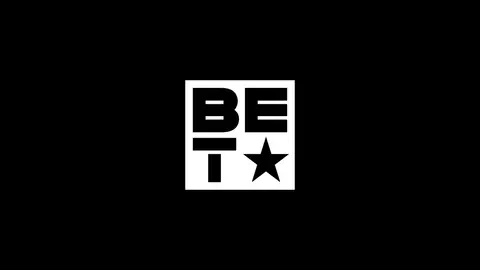African-American Organ Donor Pool Is Shallow

Wake Forest University baseball coach Tom Walter donated a kidney to freshman center fielder Kevin Jordan this week after Jordan came down with a disease called anti-neutrophil cytoplasmic autantibody vasculitis. The illness can eventually lead to kidney failure, and, without a donor, Jordan would have most likely been put on a kidney waiting list, where some people languish for years—some even die while waiting.
Walter’s donation is inspiring, of course, but it’s also a reminder that many African Americans—Jordan, 19, is black—struggle to get proper organ donations.
Nobody in Jordan’s family was a donor match, so Jordan had been stuck waiting while undergoing weekly dialysis sessions. Though it’s generally easier to find a donor of our same ethnicity, Walter, who is white, turned out to be a match, and he saved Jordan’s life.
Jordan is lucky. The donor pool for African Americans in need of organs is much shallower than it is for whites, and thus their illnesses often become more drastic than whites with the same medical problems.
In response to this need, Nordstrom is running a campaign during Black History Month to increase the black donor pool for the organization Be the Match, a registry of organ and bone marrow donors that can be called upon when others are ill. According to Be the Match, the need is great:
Many people fighting life-threatening diseases like leukemia and sickle cell anemia need a bone marrow transplant to survive. Donor matches are critical, but only 7% of the 9 million Be The Match Registry members are African American.
Register today. Nordstrom will cover your $100 cost, and you just may save a life this year.
Separately, Preserve Our Legacy, an organization that raises awareness about the need for minority donors, is working to get 25,000 new donors on the marrow registry in hopes that one of them will be a match for 10-year-old L.J. Jones, who has a rare form of leukemia, and save his life. Visit www.preserveourlegacy.org to find out what you can do to help L.J. or someone else in need of a bone-marrow transplant.
Image: Steve Shutt / Wake Forest University





